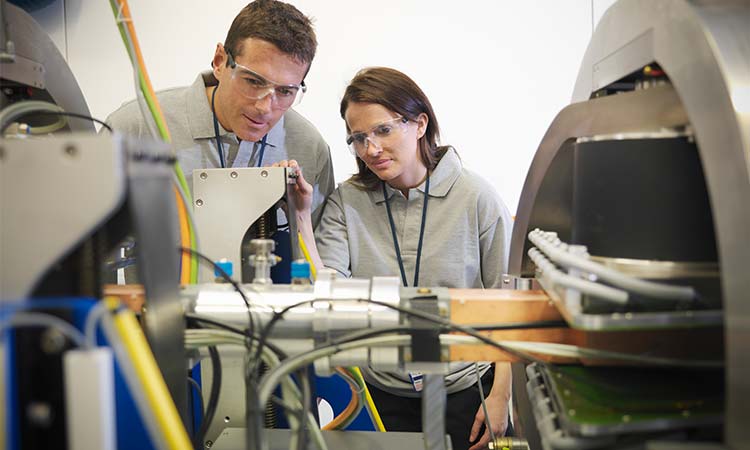Which Technologies are Currently Under Development at the Transportation Security Laboratory?

To mark National Aviation Week, Dr. Christopher Smith, Director of the Department of Homeland Security – Science & Technology Directorate’s Transportation Security Laboratory (TSL) has written a blog post which examines how TSL technology is keeping travelers safe:
Every August, from the 19th through the 25th, the United States observes National Aviation Week. The week serves as a celebration of our nation’s long aviation history dating back to 1793 with the launch of a hot air balloon in Philadelphia, and notably, with George Washington in attendance. From that first launch to the historic Wright brothers flight in 1903 to present-day airplane travel, we commemorate all the achievements in between. Here at the Science and Technology Directorate’s (S&T) Transportation Security Lab (TSL), we’re celebrating National Aviation Week with a reflection on some of our own aviation technologies that keep the flying public safe and a look at how TSL continuously makes improvements to the Transportation Security Administration’s (TSA) ability to screen passengers, luggage, and cargo for explosives and other threats.
Primarily focused on civil aviation security, we conduct detection performance assessments and formal acceptance testing of technologies at all stages in the developmental lifecycle. Here are some of the projects that S&T and TSL are working on right now:
Building a Systems of Systems
Advanced Computed Tomographic (CT) systems can see and render three-dimensional objects inside of cluttered passenger bags with sufficient detail to identify material texture in addition to material density. Even with this capability, it is still possible to confuse certain explosive materials with some common benign objects. This inability to distinguish benign materials from explosives could lead to false alarms that must be resolved—often at significant expense to TSA and inconvenience to passengers.
With the support of S&T’s Baggage/Cargo/People Screening Program and partners Integrated Defense & Security Solutions and Halo X-ray Technologies Ltd., we have teamed-up to create a “system of systems” that ensure both high probability of explosive detection and a low false alarm rate. The system does this by using CT technology to identify all materials that could be threats and record their exact location within the concealing bag. This information and the bag are then passed on to an x-ray diffraction system which, though unable to efficiently scan the entire bag, efficiently interrogates the suspect item with the location information provided by the CT system. The combined information from the X-ray diffraction system and the CT system provides more clues to the nature of the suspect material and, hence, a greater ability to distinguish between benign materials and explosives.
The system is currently with us at TSL to collect data that will be used to train its very sophisticated automatic explosive detection algorithm. Once the algorithm is sufficiently trained, we will subject the system to a very rigorous testing that must be passed before TSA will commit to deployment.
Read the full article here.